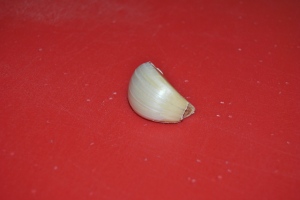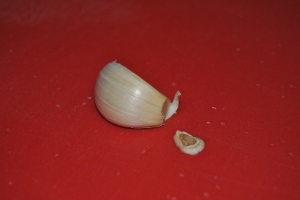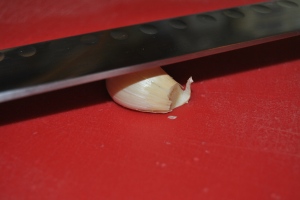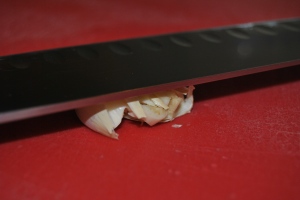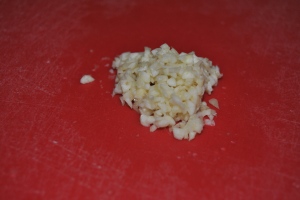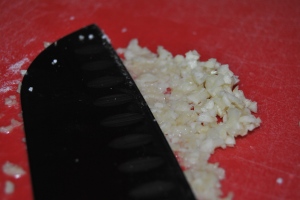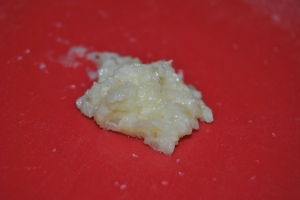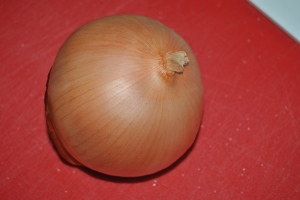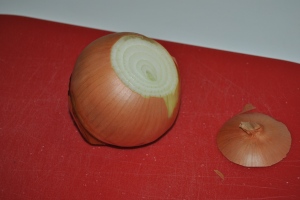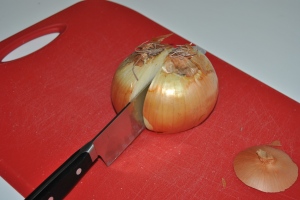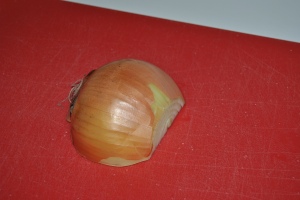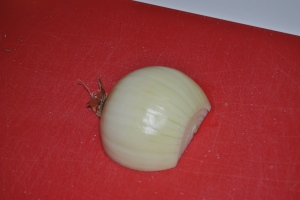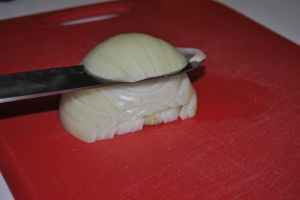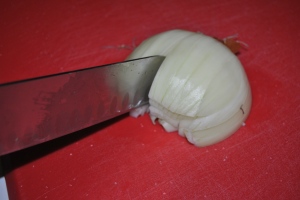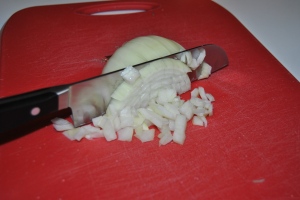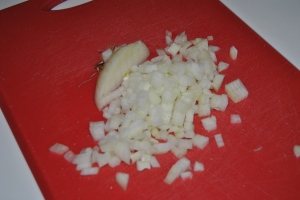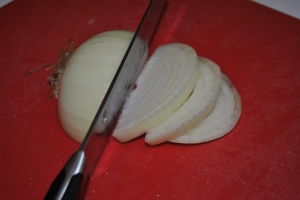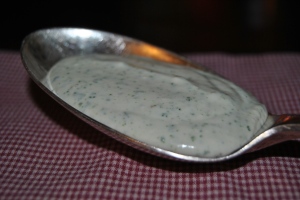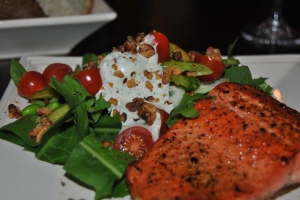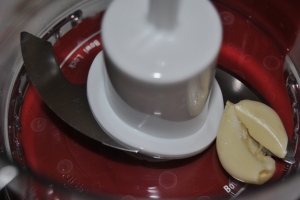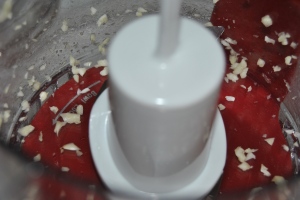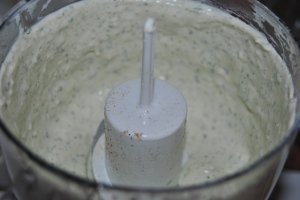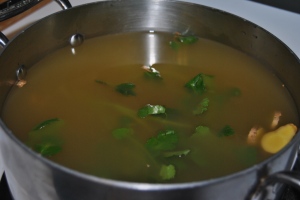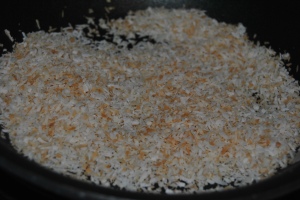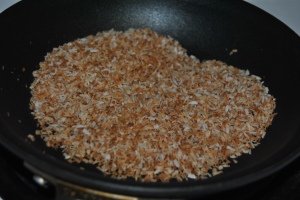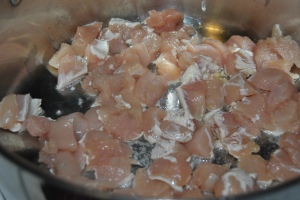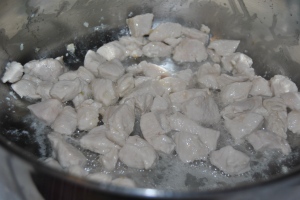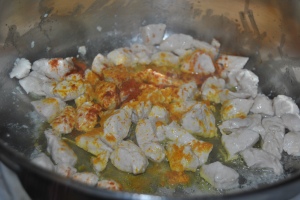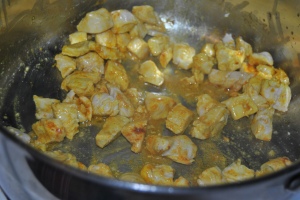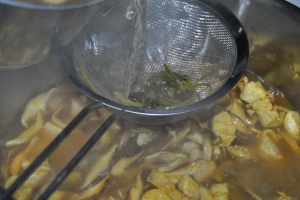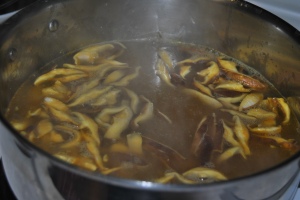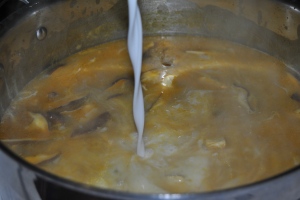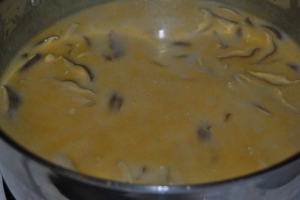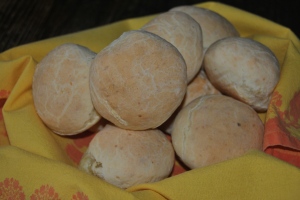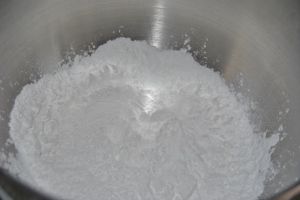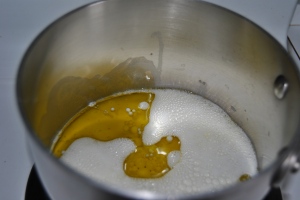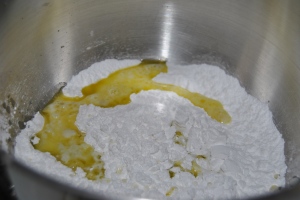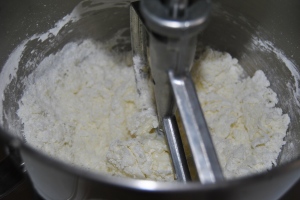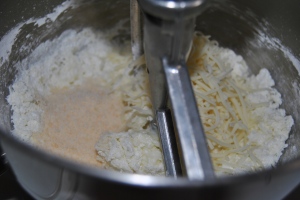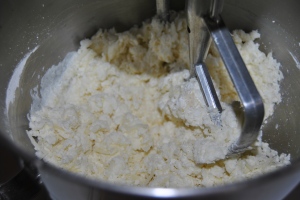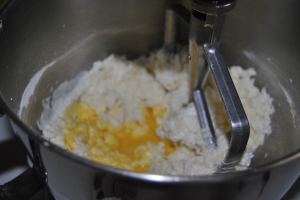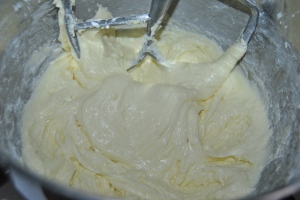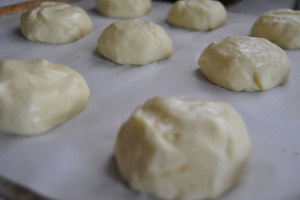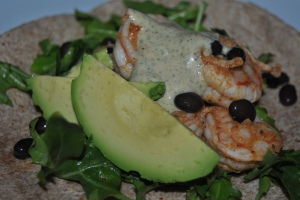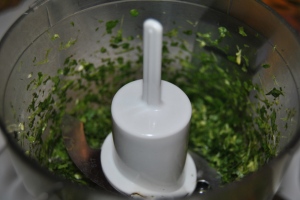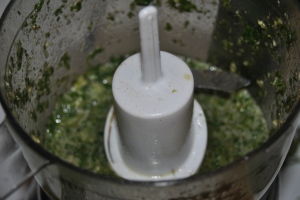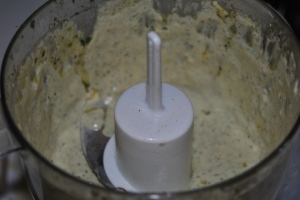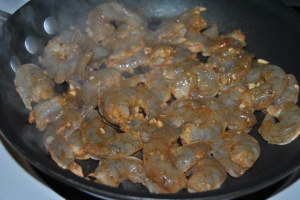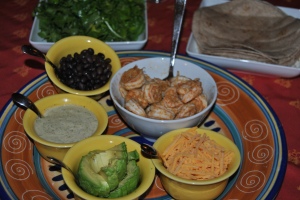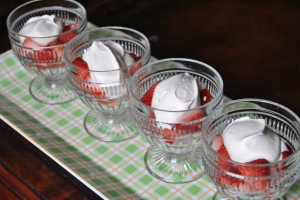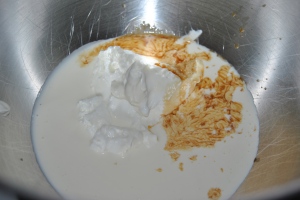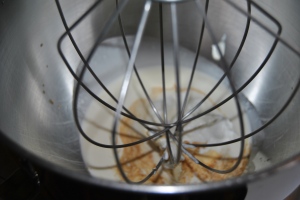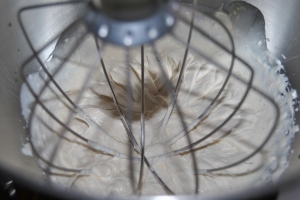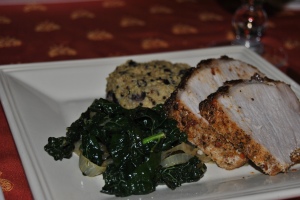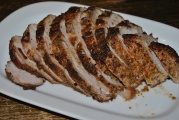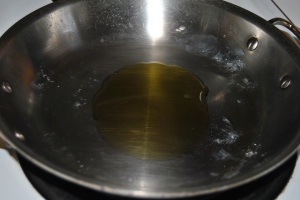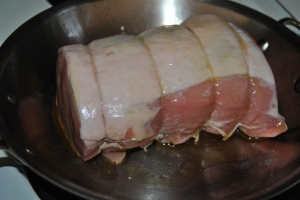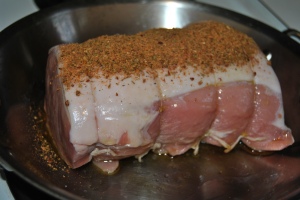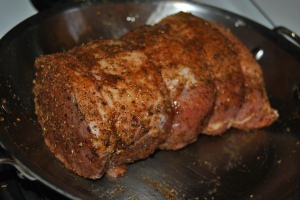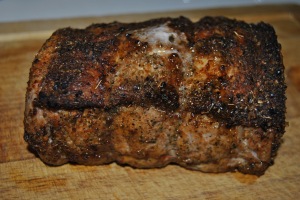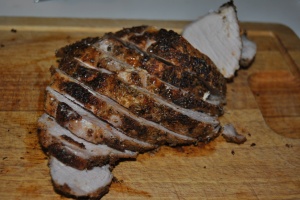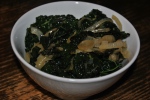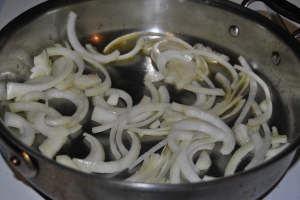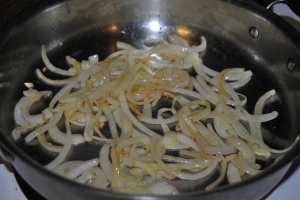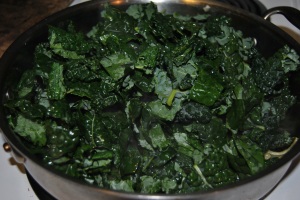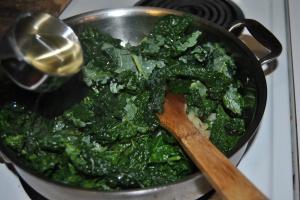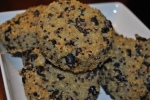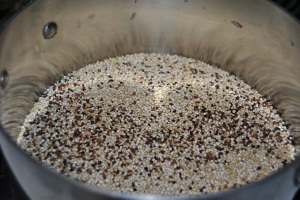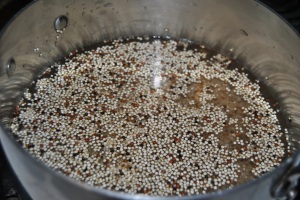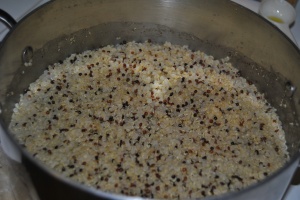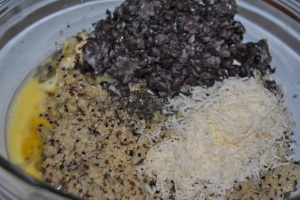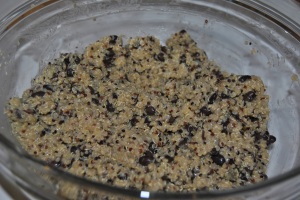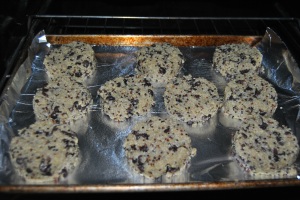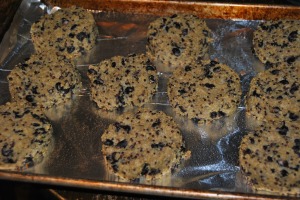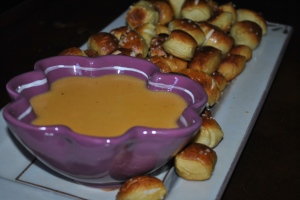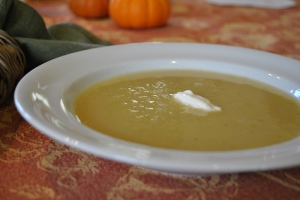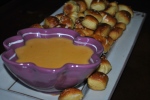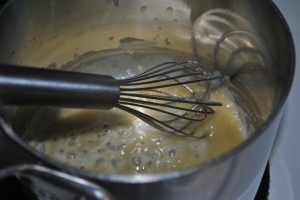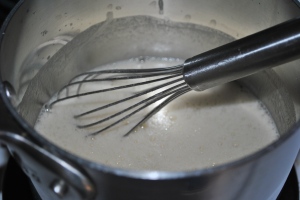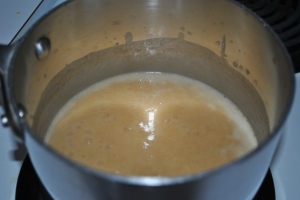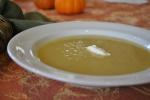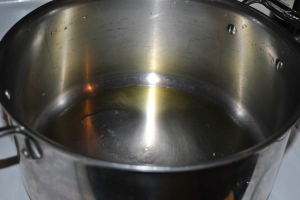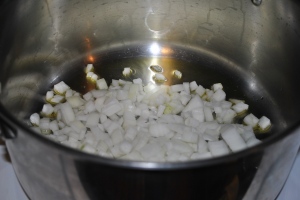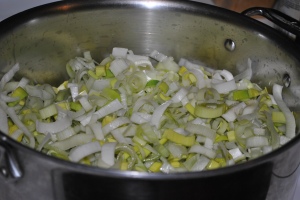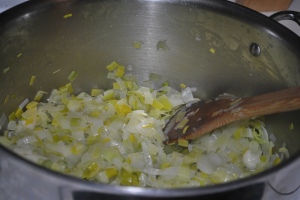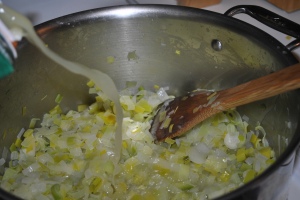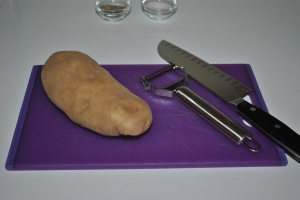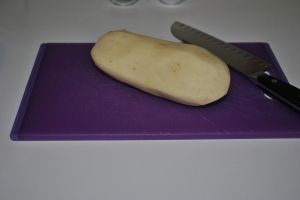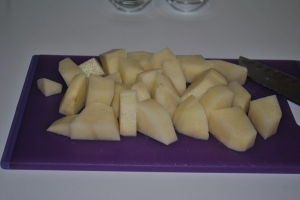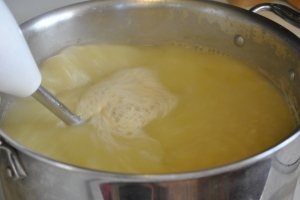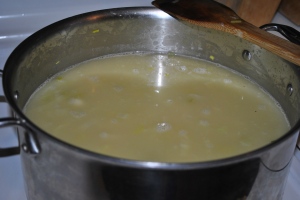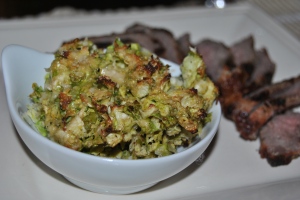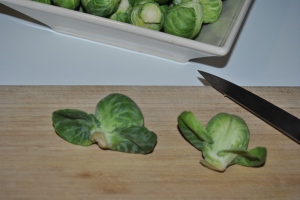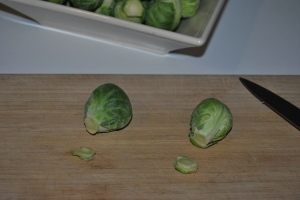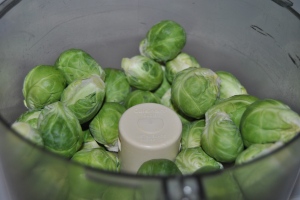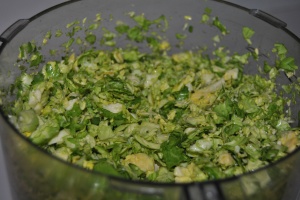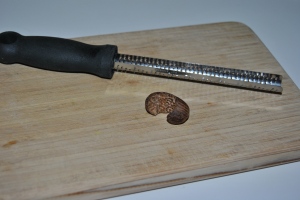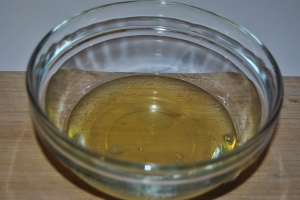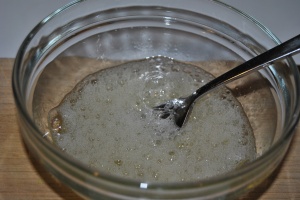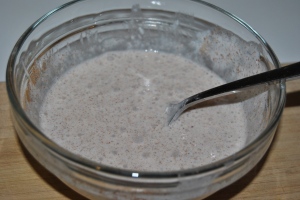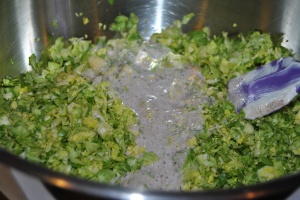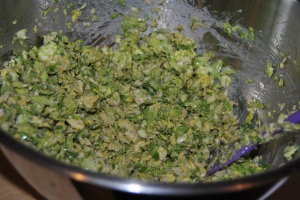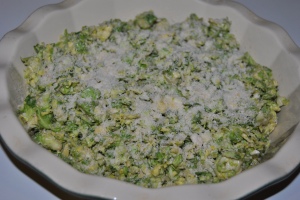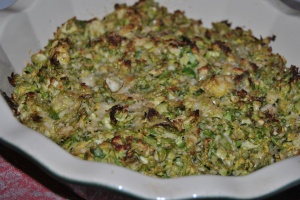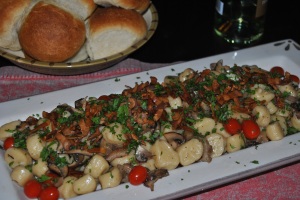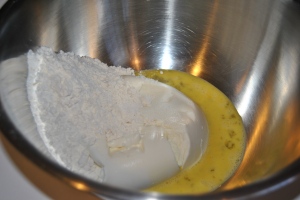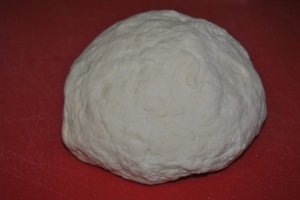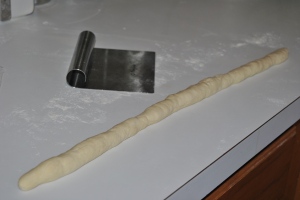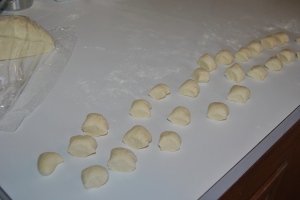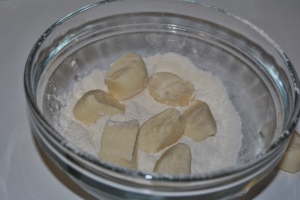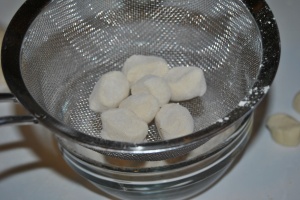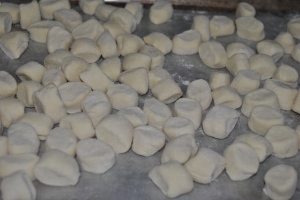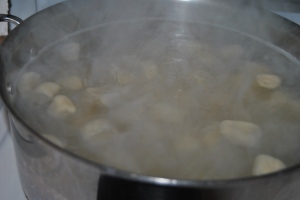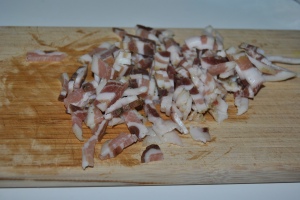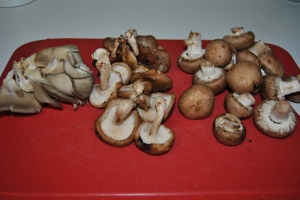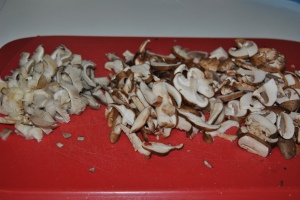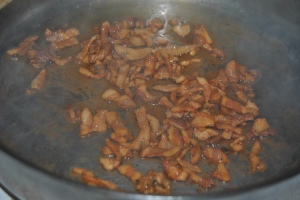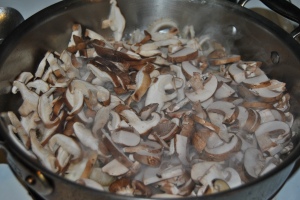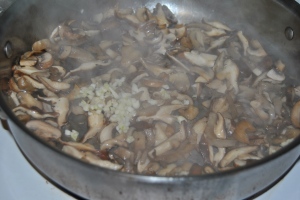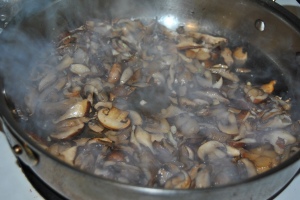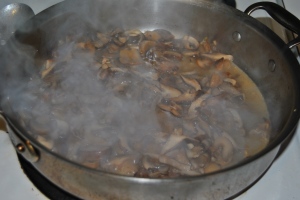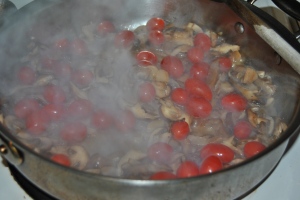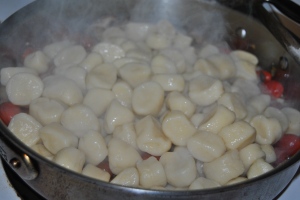The newest section of my blog goes out to all my friends who cut themselves often in the kitchen, don’t feel comfortable holding a knife or just want to be more skilled at the cutting board. So much of what we eat is already prepared for us leaving the young and middle-aged generation of foodies unprepared in the kitchen. We all eat and some of us cook but if you know what you’re doing with core ingredients, you will be doing yourself a huge favor in the long run. Have you ever read the labels for prepared meals? Sure, we’re all busy and we all eat them but they are not always a smart choice, especially day-to-day. Part of breaking the prepared-food cycle is learning the basics of cooking, like how to peel the skin off of a tomato or chop an onion. Cooking with fresh ingredients can make a simple recipe spectacular.
This new section is titled, “Hone” and is on the menu at the top. My plan is to fill it up with how to’s and techniques when it comes to prepping food. I am starting simple with two staples in most savory cooking: garlic and onions. You will learn how to efficiently prep garlic and onions so your technique will sharpen and be less daunting. I will also link my recipes to the Hone section when appropriate so you can click your way to learning a new skill that you may not have known before. When I list a cup of chopped something in my ingredients, the Hone section should help you out. I think I learned to not assume everyone knows how to prepare everything when I was teaching a class and asked a student to snap the asparagus and they had no idea what I meant. I really thought at the time that everyone knew how to snap the ends at precisely the right point. Wrong. That is what inspired me to include so many pictures and how-to instruction in my recipes. Sure, I could just give you a recipe but if you don’t know how to work your way through the ingredients, you’re not learning a thing.
I think a lot of people don’t know where to start when it comes to prepping ingredients but once you learn the basics, and I mean basic basics, the whole process becomes so much easier. I am not one for fancy chopping gadgets because I feel like I do a better, often faster, job with a knife and a cutting board. Plus, some of those gadgets are a pain in the neck to clean and the few times I have used them I always hear that voice in my head saying, “If I had just done it with a knife I’d be done by now.”
I’m proud to say that I am not one of those chefs who assumes that I know it all. I have learned from them, I have worked with them and I have always hoped to not be one of them. There’s always a trick to learn. My favorite section of my cooking magazines is always the part where they include reader tips and tricks. I have learned so much across the board from people who have come up with their own ways to make things easier and more efficient in the kitchen. One of my favorite tips was to roll up silicone mats and store them in old paper towel cylinders. I swear they used to jump out of the cabinet at me every time I opened the door and now they stay put. I have a friend who was peeling peaches with a group of ladies and was laughed at and corrected for peeling her peaches with a peeler when they did it with a knife (or vice versa). Come on ladies! There is more than one way to cross the finish line! We all have a lot to learn from each other so I invite you to share your different techniques in the comment section of my blog. Please don’t be shy!
And now, how to slice and chop garlic and onions…
—–
Garlic
Goal:
To remove the skin and chop the garlic.
You will need:
cutting board
chef’s knife
—–
Step 1:
Lay clove of garlic on cutting board.
Step 2:
With the tip of your knife, trim off the root end and discard.
Step 3:
Lay the knife over the clove of garlic.
Step 4:
With the heel of your hand, smash the garlic clove so it bursts open.
Step 5:
Set knife aside.
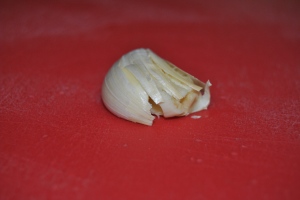
Step 6:
Pull off skin and discard.
Step 7:
If it needs to be chopped, grip the handle of your knife with your dominant hand, being sure to place your index finger and thumb on either side of the blade for more control. Place your non-dominant hand’s finger tips on the pointy end of the blade for stability and guidance. Chop in a rocking motion from side to side until you have small pieces. Carefully slide the garlic off the blade when it sticks and continue to chop until done.
—–
If you want minced garlic…
Sprinkle about 1/4 teaspoon of coarse Kosher salt on the chopped garlic. Use the knife to press and pull the garlic against the cutting board, starting with the chopped garlic that is closest to you and working away from yourself, little by little.
—–
Onion
Goal:
To dice and slice an onion.
You will need:
A chef’s knife and a cutting board.
—–
DICING
Step 1:
With your chef’s knife, trim off the stem end of the onion, leaving the root end intact (the root end is the one that looks like is is wearing a stringy wig). Discard stem end.
Step 2:
Lay onion on the flat, cut end. Cut in half, going straight through the root end.
Step 3:
Remove the skin and lay the onion half (or halves if prepping both) flat on the cutting board.
Step 4:
With your knife, make several cuts toward the root end, parallel to the cutting board. Start at the bottom and work toward the top. Make cuts closer together for a finer dice, farther apart for a larger dice.
Step 5:
With the tip of the knife pointed toward the root end, make several cuts from right to left (or left to right if you wish). Again, closer together for a finer dice and farther apart for a larger dice.
Step 6:
Start slicing from top to bottom, working your way toward the root end. Yet again, closer together for a finer dice, farther apart for a larger dice.
SLICING
Repeat Steps 1-3 above.
Step 4:
Slice from top to bottom working your way toward the root end. Thickness depends on recipe.
